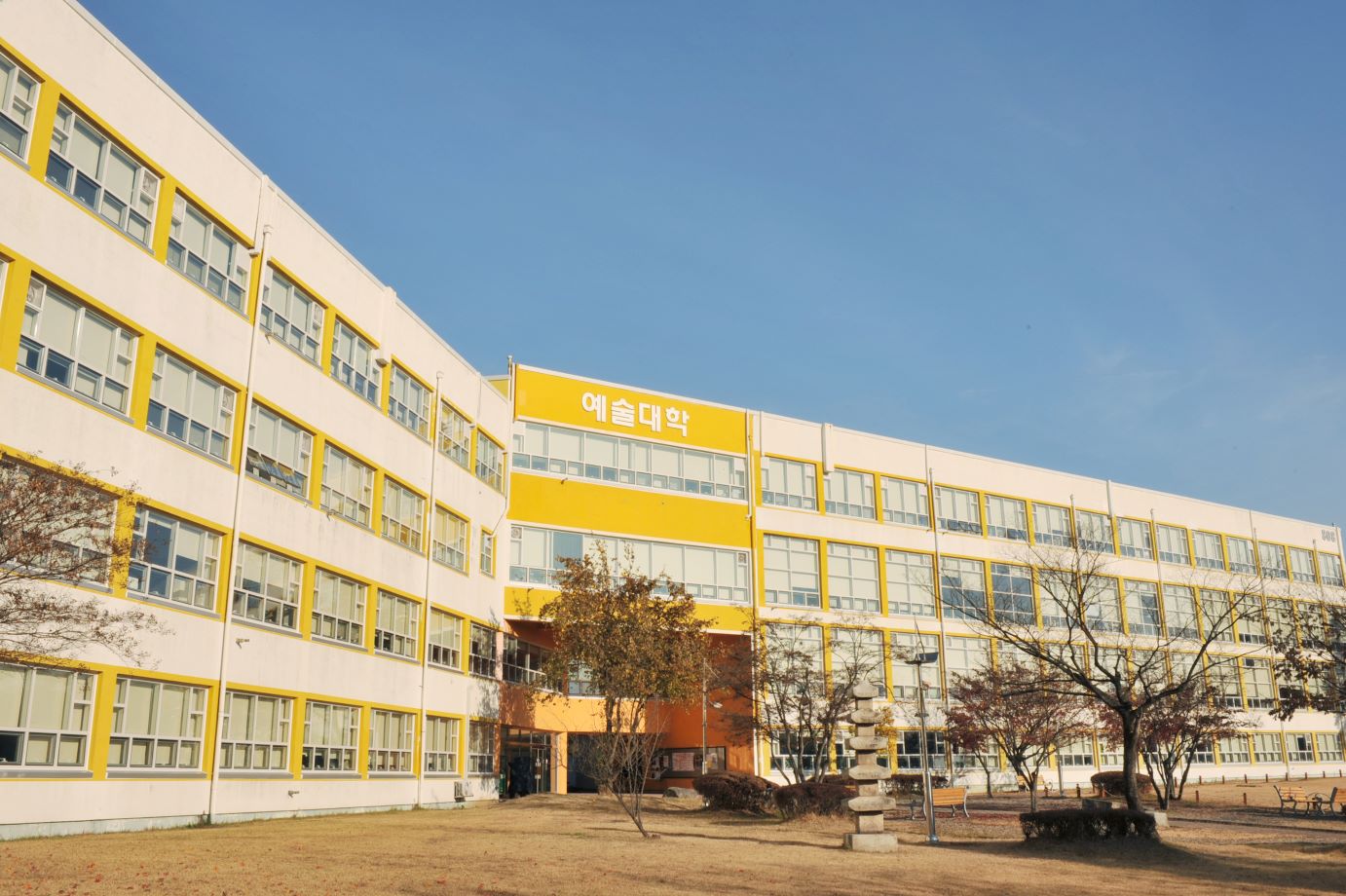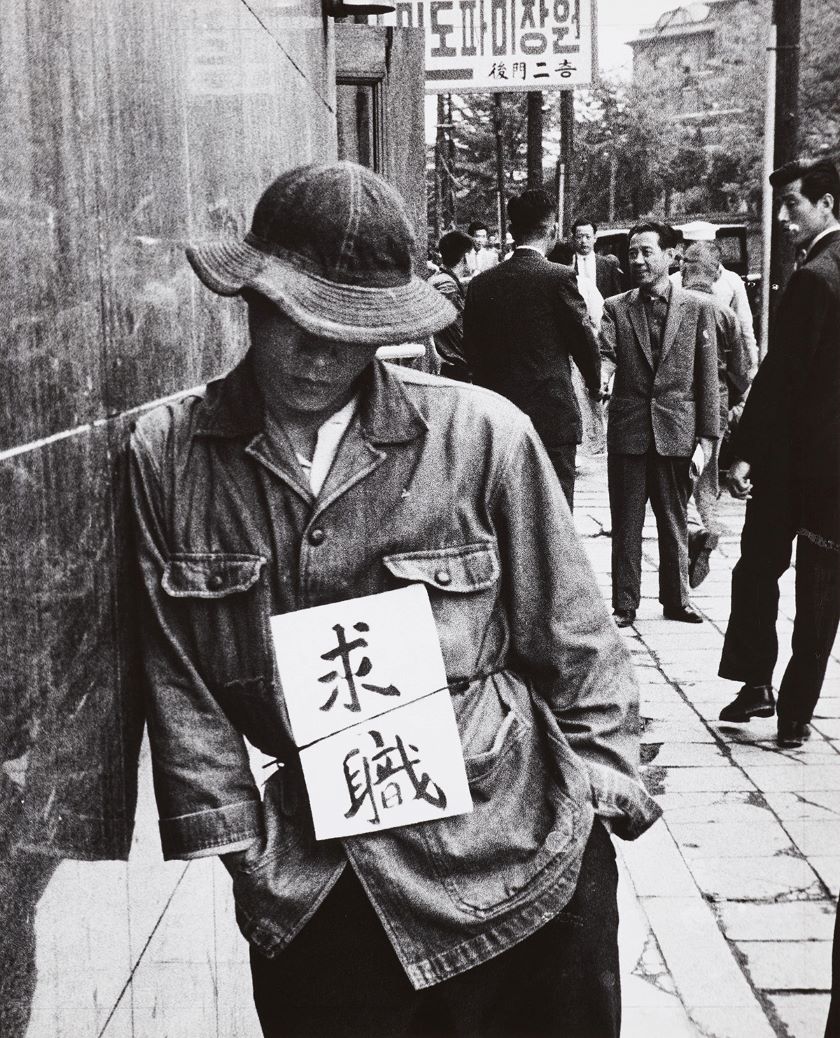
A photo class at Department of Photography, Seorabeol University of Arts in the 1970s, Image provided by Chung-Ang University
Department of Photography, Seorabeol University of Arts
* Source: MMCA
Related
-

College of Arts of Chung-Ang University
The College of Arts of Chung-Ang University is located in Daedeok-myeon, Anseong-si in Gyeonggi-do Province. Its predecessor was Seorabeol University of Arts. The Seorabeol Junior College of Arts had fine arts, crafts, and photography departments. After it was authorized as the four-year Seorabeol University of Arts, eighty students were allotted to four classes of fine arts departments. In 1964, however, the Seorabeol University of Arts was merged into the Chung-Ang Cultural Academy. In October 1972, it was moved to the building of Chung-Ang University in Heukseok-dong, Dongjak-gu, Seoul and reorganized into the College of Arts of Chung-Ang University. In 1974, the College of Arts was composed of the Department of Painting, Department of Crafts, Department of Photography, and Department of Architecture and Art. In 1979, the Department of Architecture and Art merged into the Department of Architecture. The College of Arts was relocated to Anseong Campus in Gyeonggi-do Province in 1981. In 1983, the Department of Sculpture was established, and in 1988, the Department of Industrial Design was installed. In 1990, the Department of Painting was divided into the Department of Korean Painting and the Department of Western Painting. The school system was reformed in 2011. Currently, the School of Design at the College of Arts has five majors: craft arts, visual communication design, industrial design, fashion design, and housing and interior design. The School of Fine Arts has three majors of Korean painting, Western painting, and sculpture.
-

Limb Eungsik
Limb Eungsik (1912∼2001, courtesy name Gujeong) was a native of Busan. He studied at the Busan Chesinriwonyangseongso (academy for communications officers) in 1931, and in 1934, he graduated from the Toshima Communications School in Japan. In 1935, he began working at the Gangreung Post Office, where he established the Gangreung Sauhoe, a photographers club. From 1946, he managed a photograph processing lab called ARS, which was located in Busan. There he established the Busan Gwanghwahoe, another photography group. During the Battle of Incheon in 1950, he served as a wartime photographer, and in June 1952, he held a joint exhibition with the Korea Fine Art Photography Institute in Busan, after which he established the Korea Photographers Association in December. In 1954, he taught the first photography class the College of Fine Arts at the Seoul National University and he continued to teach at Ewha Womans University and Hongik University, before spending four years, from 1974 to 1978, as a professor at the Chung-Ang University photography department. During the Japanese colonial era, Im primarily produced pictorialism photographs, but from the 1950s and onward, he rejected artistic salon photography and engaged in "Everydaylife realism [Saengwhaljuui]," which depicted reality in close up. His photography albums include Hanguk Gogeonchuk (Korean Heritage Architenture) (1977), and Pungmo (1982), which was an album of portraits of people in the field of culture and arts.
Find More
-

Ahn Sangchul
Ahn Sangchul (1927-1993, pen name Yeonjeong) is a painter who pioneered the expressive realm of Korean painting with his experimental work. He graduated from the Department of Painting at Seoul National University. In 1953, his last year of university, Ahn received an honorable mention for his Late Autumn at the Second National Art Exhibition (Gukjeon). His Field and Transquility won the Minister of Education Award in 1956 and 1957, respectively. Moreover, his The Remaining Snow and Clear Day earned him a Vice-Presidential Award and a Presidential Award in 1958 and 1959, respectively. Ahn learned traditional landscape painting from Noh Soohyun, Chang Woosoung, and Bae Ryeom at the university. However, his bold compositions and his drastic wielding of ink and brush in combination with Western visual principles brought attention to his Eastern-style paintings that broke away from traditional paintings. Ahn sought the modernization of Eastern painting by actively embracing Art Informel pursued by Korean painting circles in the 1950s. From the 1960s onward, he produced abstract paintings, such as Full of Charming Dreams (1960) and Mong Mong Chun (Spring in hazy dreams) (1961). Later, he continued to experiment with objets and materials like stone or kraft paper and released the three-dimensional, abstract Spirit series that transcended the flatness of painting. He served as a judge for Gukjeon and a member and chairman of its operating committee. He was the youngest Gukjeon judge. He also worked as a professor at the Seorabeol University of Arts and Sungshin Women’s University.
-

Contemporary photography
Contemporary photography differs from a modernist approach to photography that highlighted the technical qualities of the image. Robert Frank’s photograph collection The American published in 1959, is considered a turning point in indicating a new style based on idiosyncratically cropped images and unusual focus. Contemporary photography became prevalent when conceptual art emerged between the 1960s and the 1970s. The New Wave of the Photography exhibition, which opened at the Walker Hill Art Center in Seoul on May 18th, 1988, is considered as marking the starting point of Korean contemporary photography. The Horizon of Korean Photography exhibition at the Total Museum of Contemporary Art in Jangheung, Gyeonggi-do in November 1991 provided a further turning point. The founding of galleries specializing in photography, including the Timespace, Pine Hill Gallery, and Hanmadang Gallery, has also contributed greatly to the popularity of contemporary photography in Korea. Over the last 30 years, many foreign-educated photographers like Koo Bohnchang, Kim Daesoo, Lee Juyong, Lim Youngkyun, Han Okran, and Choi Kwangho have returned to Korea and released works reflecting new trends in the medium and further enhancing its national status as a contemporary art form.






